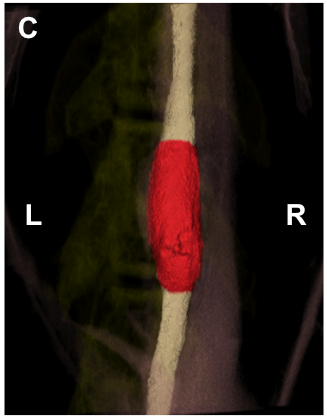Life is marked by change. Your heart and its steady beat, however, are some of the few constants. Yet for many in the U.S., the health of their hearts is not a reassuring constant but a daily concern. Faulty arteries are often replaced with grafts that have high failure rates and lack growth potential. Consequently, patients with these grafts must undergo invasive treatment multiple times.
Ramak Khosravi, MD/PhD candidate at Yale University, has stepped up to the challenge of creating a better graft. Khosravi utilizes a computational model that generates potential scaffold designs for the grafts, informing what kinds of experiments should be attempted. This computational-experimental approach decreases the number of trials the lab has to complete to find a suitable design.
There are multiple factors that need to be weighed when designing arterial grafts. Arterial grafts need a stiff outer layer withstand high blood pressure but must still be compliant enough to simulate a natural artery. In addition, the material needs to support vascular cell populations.
Khosravi’s end goal is to create an arterial graft that is made of the patient’s own cells. Such bilayered grafts would be composed of an outer layer made of nanofibrous poly (ε-caprolactone) or PCL and a porous inner core made of poly(glycerol) sebacate, or PGS. The inner core would encourage cellular infiltration and growth, allowing the patient’s cells to replace the degradable material. These new arterial grafts would be patient-specific, available off-the-shelf, and have fewer complications compared to current models.
There is a lot of work that needs to be done before these arterial grafts can be presented to patients, but if Khosravi succeeds, her work could present an opportunity for patients to rely on the constancy of their hearts.

